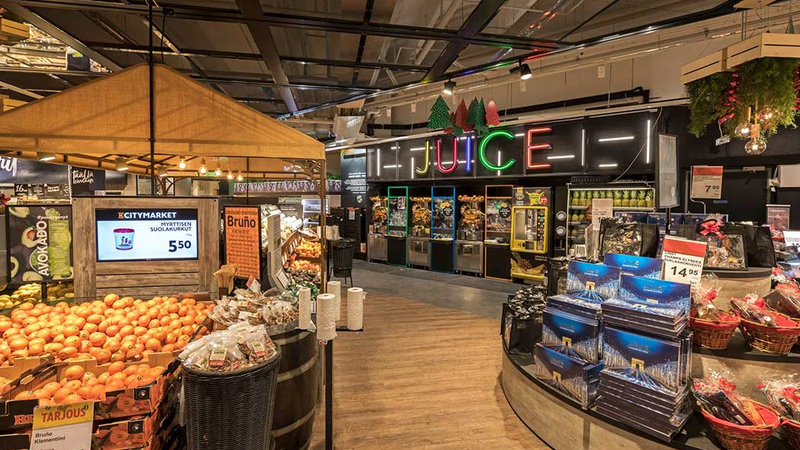
To trade with Finland from the Middle East, it’s essential to understand the key aspects of Finland`s economy, industry, market, and trading dynamics. Finland has a well-developed, open economy that relies heavily on exports. Its economy is advanced and diverse, with a strong emphasis on high technology, sustainable energy, forestry, and electronics. Finland is also a leader in innovation and research, particularly in areas like clean energy, environmental technology, and information and communication technology (ICT). This focus on innovation makes Finland an appealing market for advanced technology, green energy solutions, and digital services.
The Finnish market is generally stable and characterized by a transparent business environment with low levels of corruption. The financial system is well-regulated and integrated into the European and global financial networks. Finland is part of the European Union and the Eurozone, which provides a secure and reliable monetary system. This also means that Finnish financial institutions and businesses are aligned with EU regulations, which can simplify trade processes if you are familiar with EU standards and regulations. Finland’s banking sector is robust, and credit availability for foreign businesses can be accessible under the right circumstances. Finnish consumers are well-educated and highly value quality, sustainability, and technological innovation, making them ideal for premium or high-tech products.
In terms of trade, Finland has significant imports and exports in various sectors. It primarily exports machinery, electronics, telecommunications equipment, and paper products, which are reflective of its advanced manufacturing and forest industries. It is also one of the leading exporters of renewable energy technology and clean tech. On the import side, Finland brings in consumer goods, food products, fuels, chemicals, and raw materials. Opportunities for Middle Eastern businesses can be found in providing energy resources (like oil and natural gas), textiles, specialized electronics, and food products that align with Finnish tastes for organic and healthy options. Additionally, Finland is a growing market for exotic foods, textiles, and luxury goods, particularly if they meet European standards for quality and sustainability.
In an intriguing development, Finland"s GDP in 2023 reached $295. 5 billion, a recovery from its 2022 dip to $280. 2 billion. Comparatively, the global GDP average hit $883. 7 billion in the same period. This rebound aligns with the country"s strategic focus on innovation and technology, which could attract businesses targeting advanced sectors. Inflation in Finland was notably lower than the global average, standing at 6. 25% in 2023, compared to the global 8.
59%, showcasing a relatively stable economic environment. Analyzing trade, Finland"s merchandise import and export indices present mixed signals. The import value index dropped drastically to 85. 2 in 2023 from 126. 0 in 2021, while the global average was 101. 1. This decline suggests an opportunity for exporters to fill potential supply gaps. Meanwhile, the export value index fell from 123.
8 in 2021 to 95. 9 in 2023, against a global average of 102. 3, indicating possible challenges in international competitiveness. Finnish firms might explore partnerships in Western Asia, leveraging the region"s growing demand for high-tech and sustainable products. Finland"s total reserves showed resilience, reaching $16. 9 billion in 2023, yet still below the global reserve average. This positioning highlights an opportunity for financial institutions to engage in innovative financing solutions. Furthermore, businesses can gain deeper insights into these economic trends and enhance their market presence in Finland by utilizing Aritral.
com. This AI-driven B2B platform offers tailored services like Global Sales Assistance and AI-Powered Marketing, enabling companies to effectively navigate the Finnish market landscape. "

